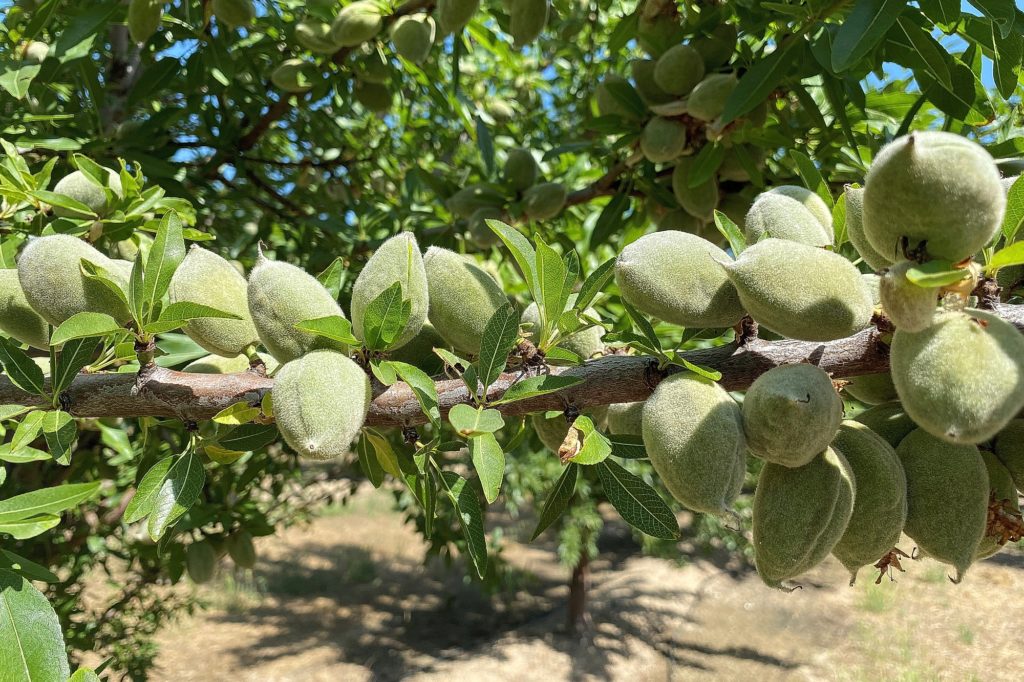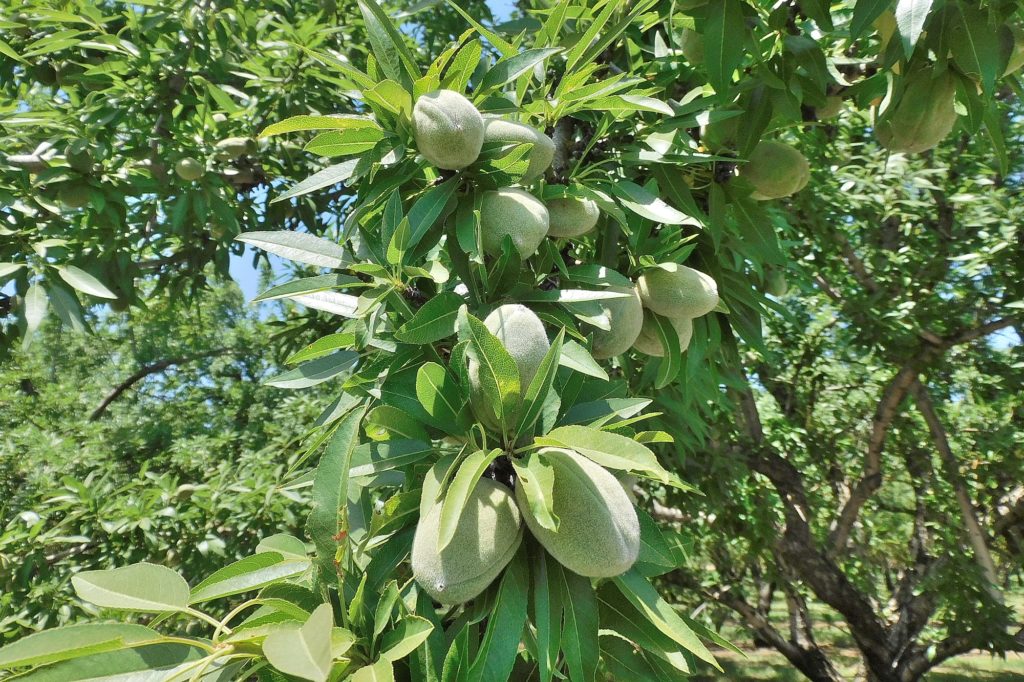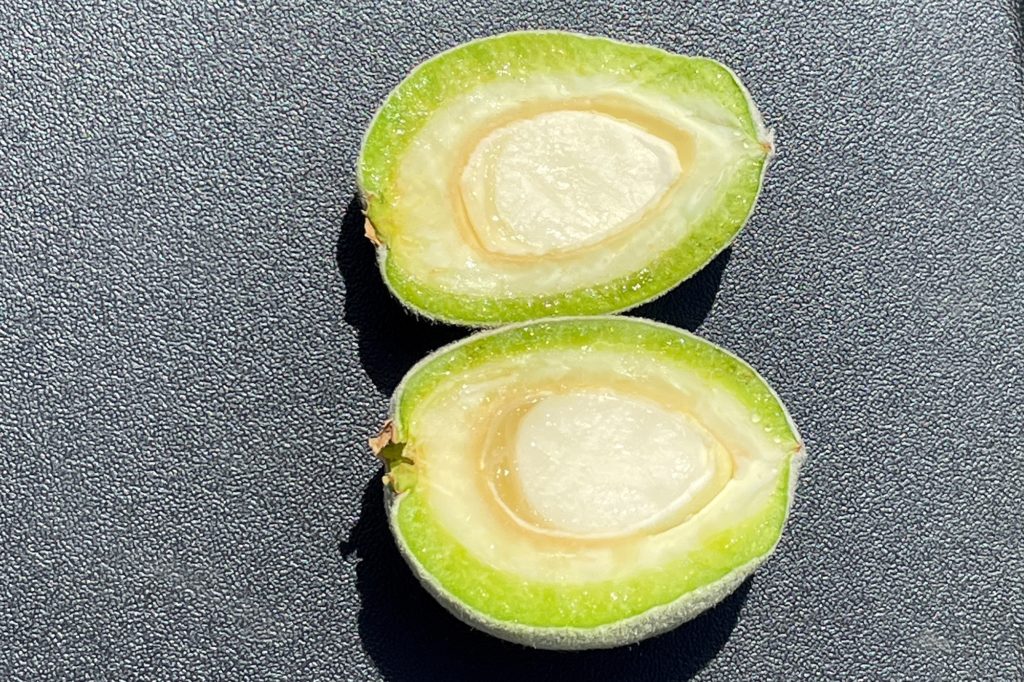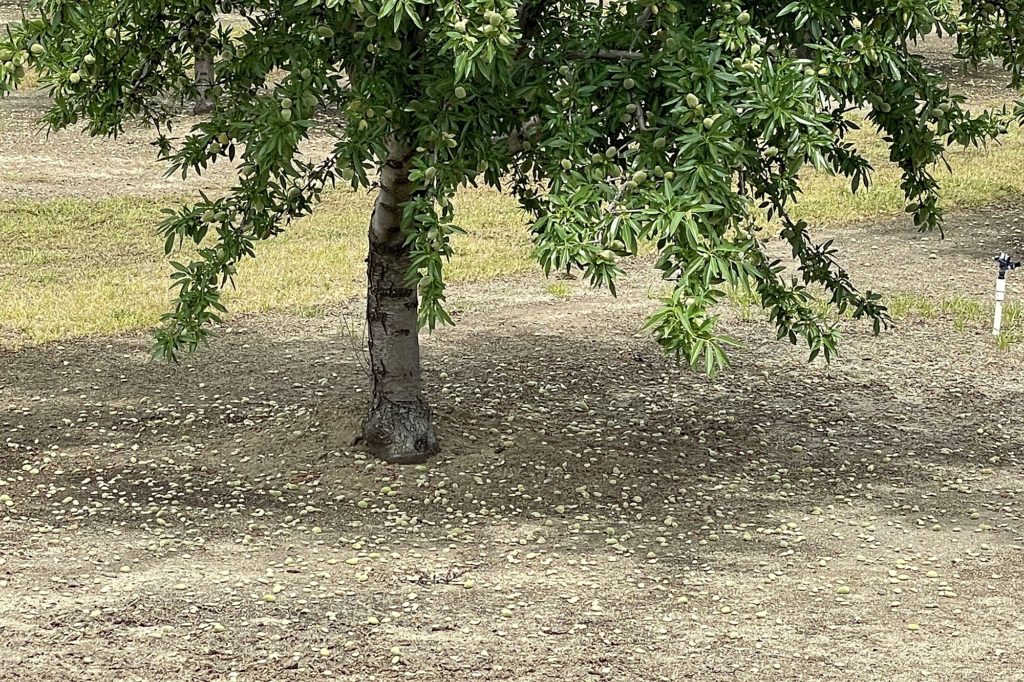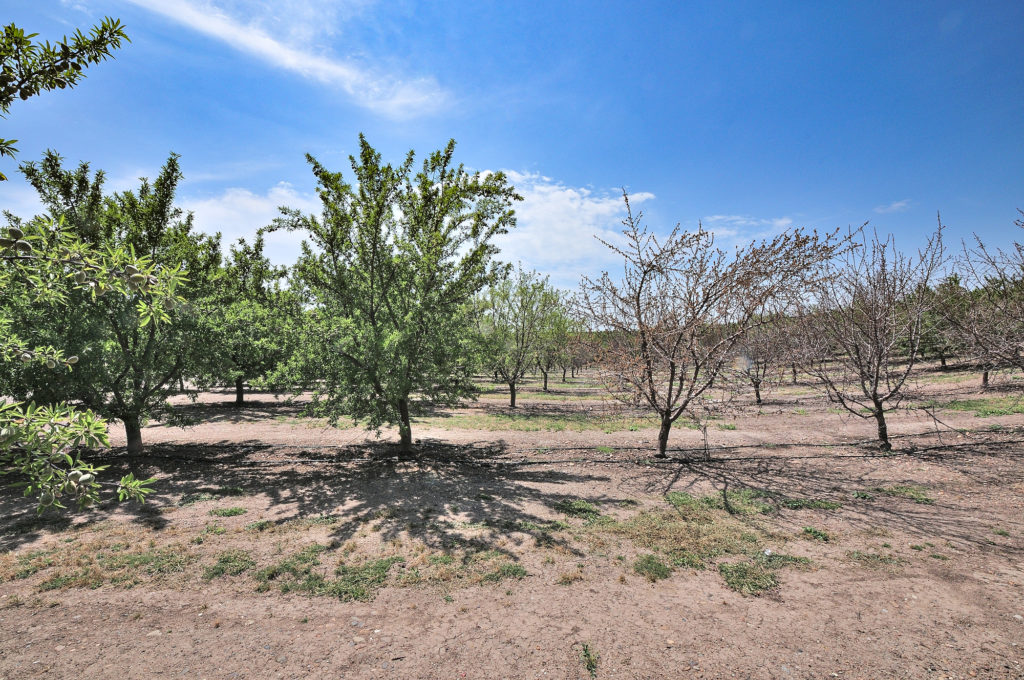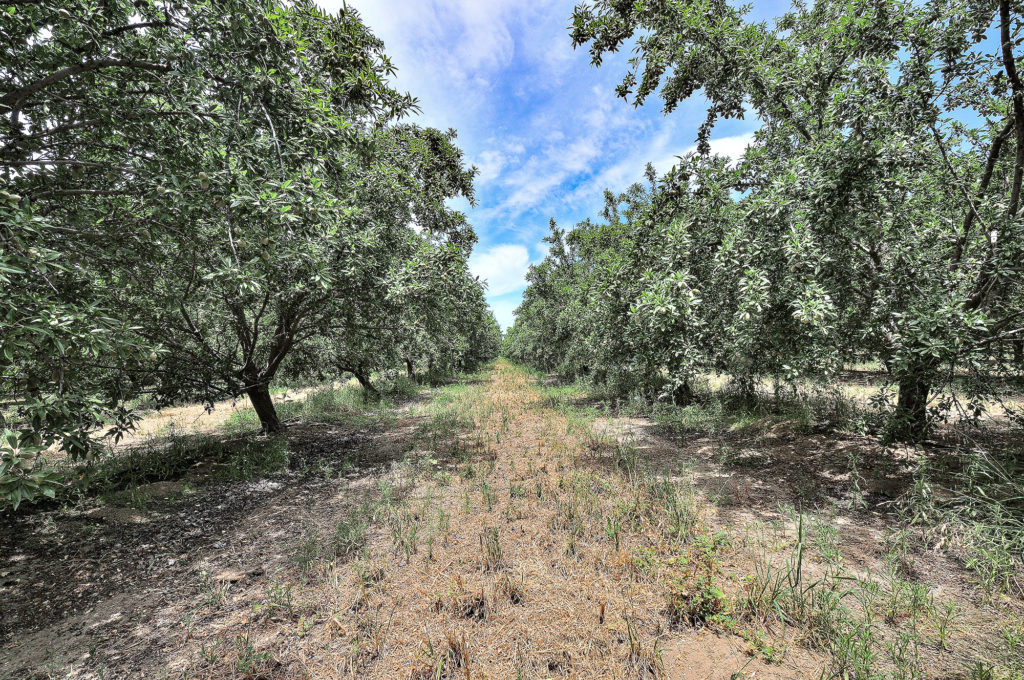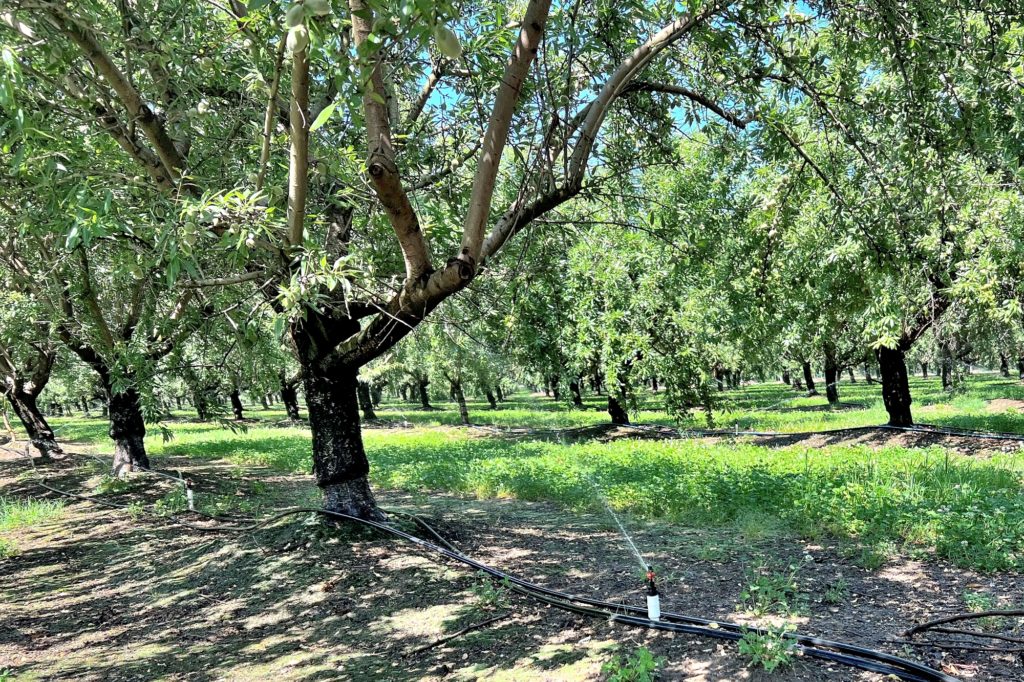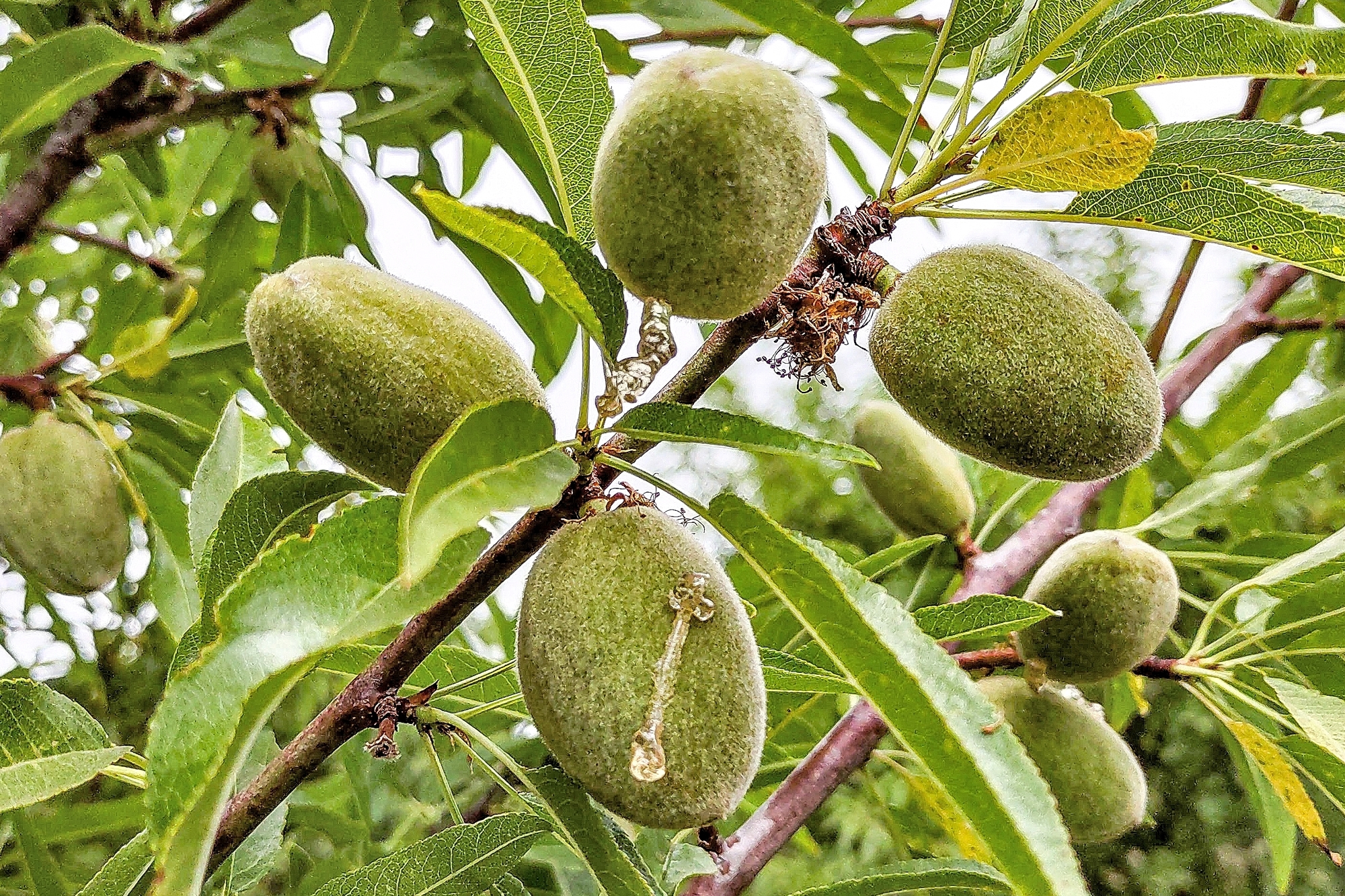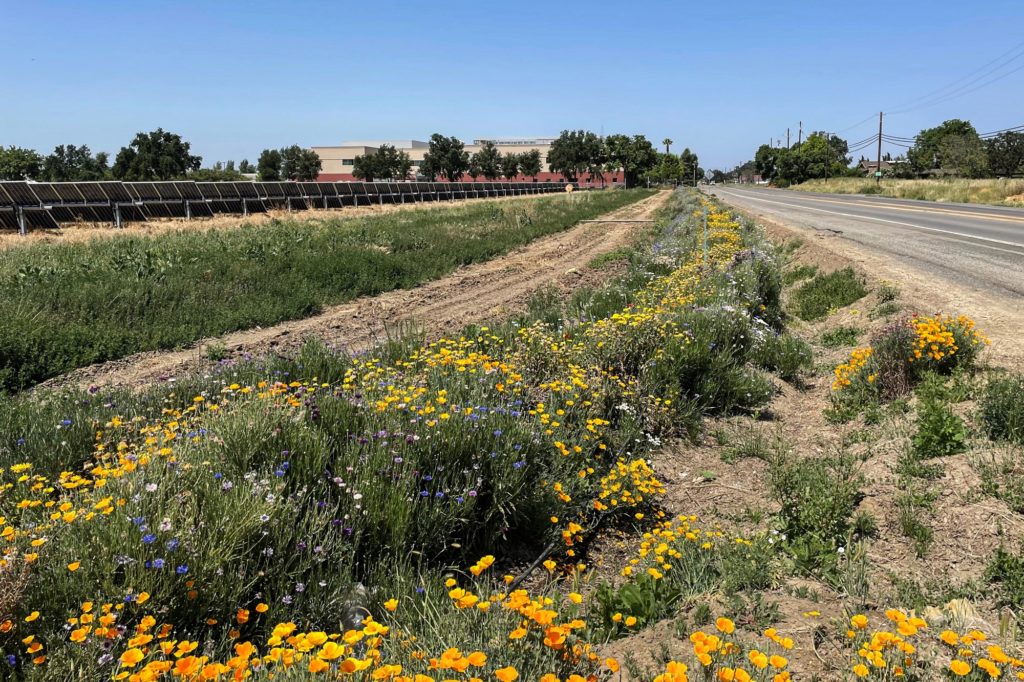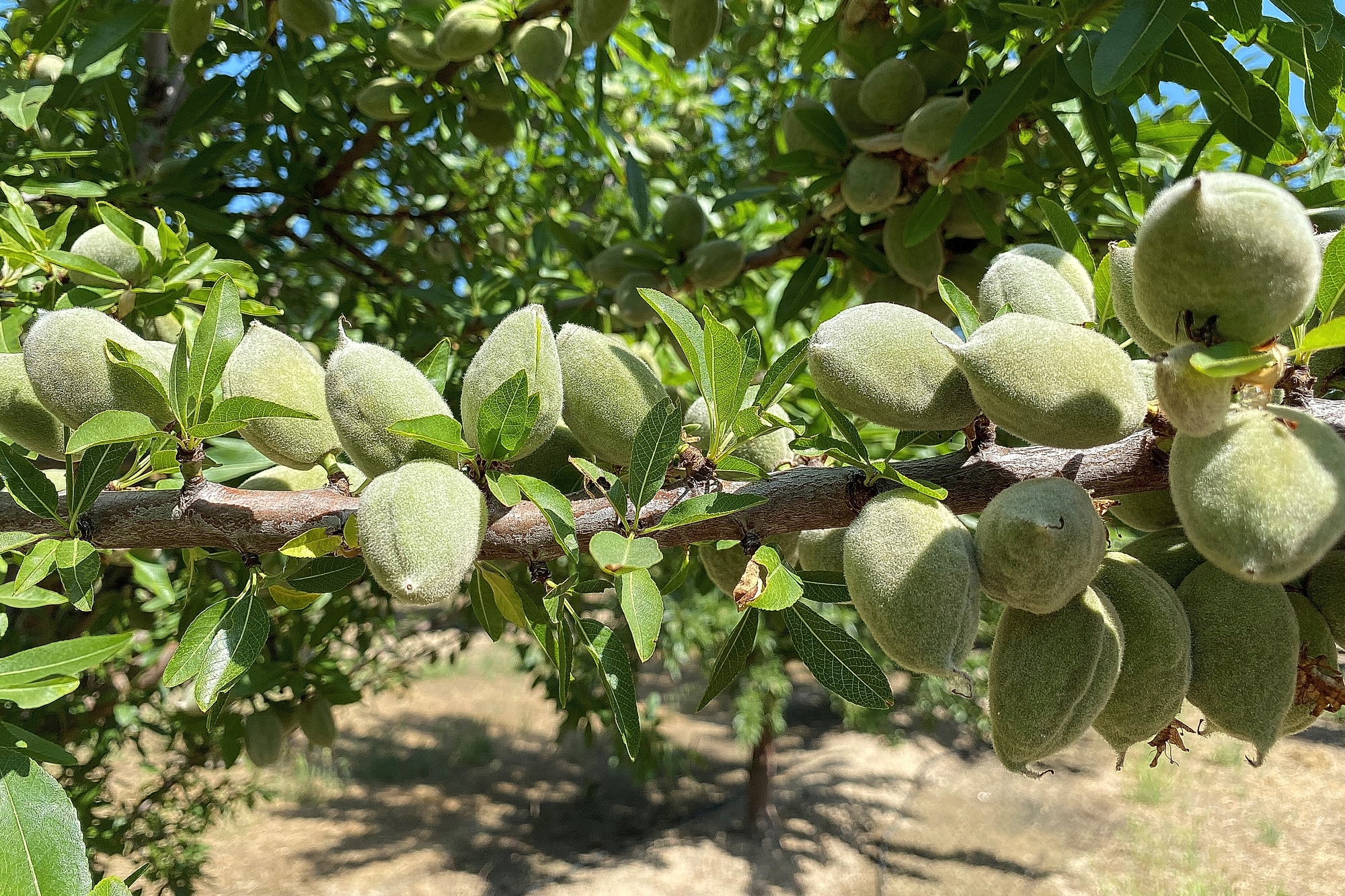
This report covers conditions and observations made between Monday May 1 and Monday May 29, 2023. The next scheduled report will be posted on Monday, July 3, 2023. In the event of any significant occurrences prior to that date, this site will be updated as soon as possible.
Generally fair conditions prevailed over the Central Valley during May, providing good support for the developing crop. Daily maximum temperatures increased during the period, rising from the mid-60s in the period’s opening days to reach their maximum levels in the upper 80’s to lower 90’s by mid-month. Readings moderated slightly in the final days of the period, dipping to the mid and upper 70’s as a weak low-pressure system brought high clouds and the threat of light scattered showers to the Sacramento and northern San Joaquin Valleys. Morning lows followed similar trend, rising from the upper 40’s to upper 50’s and lower 60’s, before settling back in to the low to mid 50’s as the period concluded. Growers in the Sacramento Valley experienced the most significant precipitation during the period, when a small, but vigorous thunderstorm passed through the region on the evening of May 25th, producing locally heavy rain and brief hail in the Willows area of Glenn County.
Growers spent much of May catching up on orchard tasks and pest management, all while keeping a close eye on costs.
As shown in the accompanying photo, Nonpareil kernels are now fully solid, or nearly so, the point of their maximum weight. Observers have also found kernels in Aldrich, Butte, Padre and even the last-to-harvest Fritz variety that have completed the solidification process. This corresponds with the tight overlap between varieties during this year’s bloom.
Irrigations have begun in all regions with ample supplies of water available from local districts, as well as from the State and Federal systems. The lack of unseasonably high temperatures so far this season has reduced the orchard’s water demands and prevented additional stress on the trees. Growers have generally withheld irrigation as long as possible, due to the long-term saturation of the soils produced by the heavy and prolonged winter rains. As noted in previous reports, growers and observers have reported tree mortality in low lying areas of quite a few orchards around the Central Valley, produced by fungal root infections resulting from the saturated soils. The brief excursion into the warmer temperatures during the month accelerated the stress on the comprised trees, increasing mortality in the most significantly impacted orchards.
Pest management and crop fertility were the center focus for all growers during the period. Many have delayed mowing vegetation in the orchard “middles”, the area between the tree rows, looking to manage costs as much as possible while also looking ahead to ensuring that vegetation breaks down in time to not impede the harvest. The result is a large number of “shaggy” orchards, where weed growth has been allowed to grow beyond normal levels.
Growers and Pest Control Advisors, PCA’s, have noted evidence of Plant Bug species in the orchards. As shown in the photo accompanying this report, feeding by Leaf-Footed Plant Bugs, and Stink Bugs produces a clear gum or sap dripping from the feeding site. Early season feed causes the nuts to drop to the ground while feeding later in the season produces “Brown Spot” and gumming of the kernel, both of which render the kernel inedible. Researchers have been working to develop pheromones for the various damaging Plant Bugs and orchard trials are underway testing a pheromone for Brown Marmorated Stink Bugs, a particularly serious species. In absence of pheromones, growers have no options to treatment to control the insect, combining the treatment with materials to control scab and rust infections that can defoliate the trees.
Growers and PCA’s have also reported very high counts of Navel Orange Worm, NOW, moths in pheromone traps placed within the orchards to monitor the insect’s life cycle. This is not particularly surprising given the challenges growers endured while attempting to remove and destroy mummy nuts this past winter. The current “flight” of adult NOW moths has been emerging from the mummy nuts and will return to the mummies to lay their eggs for the next generation. In blocks large enough to be effective, growers employ pheromones to confuse the male moths, thus disrupting the insects mating and reducing the number of fertile eggs in the orchards. Growers and their advisors will continue to monitor the traps for the next “flight”, which normally coincides with the beginning of the hull split when the crop is most susceptible to damage.
Observers have noted signs of nutrient deficiencies in many orchards. Growers and their advisors have noted that fertilizer prices have moderated slightly from the very high values endured last year. Nevertheless, growers have been carefully metering fertilizer applications to support the developing crop, all while watching the cost of each application. While there is no evidence of water stress due to a lack of water, a wide variation of nutritional status is quite visible with poor spur development in some orchards and excellent growth in others. Growers normally plan to complete nitrogen fertilizer applications by the end of May in order to reduce the incidence of hull rot during the harvest. Fertilizers are usually added to the irrigation, the most efficient means of application. However, this year’s weather has complicated those plans by delaying the need for irrigation, thus reducing opportunities for fertilizer applications.
The coming weeks will bring the beginning of the summer season and preparations for the hull split beginning in early July. Growers will continue to irrigate and monitor their orchards for insects and disease as they prepare for harvest.
By Mel Machado, Vice President of Member Relations
Photos By: John Aja, Christine Ivory, Ken Miyamoto, Ben Goudie, KC Clendenin and Mel Machado

